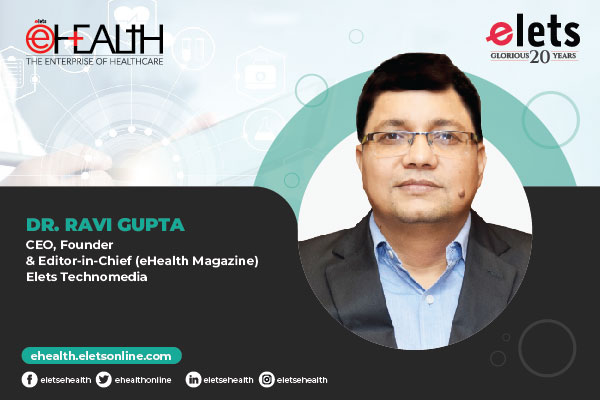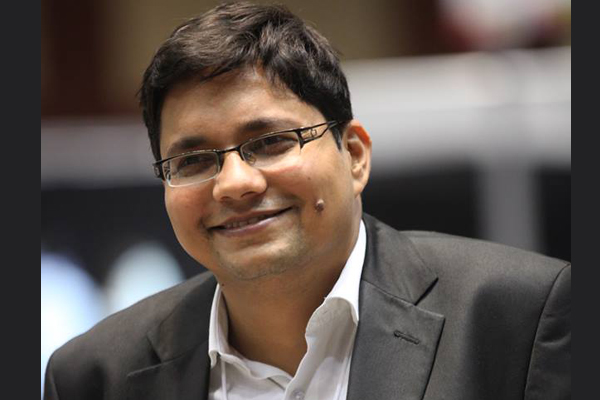As the actual effect of the ‘near-apocalyptic’ credit crisis hits us, we must understand its direct and indirect impact on public health. Those who lose jobs in this scenario also lose the health cover linked to their jobs; older, retired persons, already suffering from ailments related to old age often end up losing their entire savings, and being pushed back in to the job market hoping they can still find one.
On the hospital front too, one sees drastic measures being taken to tide over the crisis. In the US, perhaps the worst hit by the credit crisis, a recent survey by the American Hospital Association revealed that 56 percent of hospitals surveyed are reconsidering or holding off on renovations or plans to increase capacity.

The healthcare industry, however, while also considering ‘trimming the fat’, must be prepared for medical errors, coming from the already over-worked medical staff, expected to work even harder.
Tough times such as these, however, are ideal times to reinvent oneself and for adopting innovative and low-cost solutions. Often the best solutions are those developed indigenously keeping in mind the socio-economic conditions of the region. And often the best drivers of such emerging technologies are governments. Early and large-scale uptake by the government leads to increased production of the technology, which in turn helps bring down cost of production and large-scale major help in other words, economy of scale.
Recently, US President Obama, announced a major rural broadband initiative committing nearly USD 20 billion for national health IT investments. He added that broadband investment could also help modernise healthcare systems, through storing and sharing medical information and health records online, enabling doctors to offer care more efficiently, “We will make sure that every doctor’s office and hospital in this country is using cutting edge technology and electronic medical records so that we can cut red tape, prevent medical mistakes, and help save billions of dollars each year,” Obama said.

This and other such initiatives are necessary, today more than ever, to help economies recover and continue delivering quality life to each citizen. This is a time when India and other countries can take similar decisions. In fact, hailing India’s public health initiatives, Prof. Jeffrey Sachs, the Chairperson of International Advisory Panel of National Rural Health Mission (NRHM) and the Advisor to the UN Secretary General Ban-Ki-Moon has said that the NRHM is one of the most remarkable achievements in public health sector and is one of the largest scaled increase witnessed in a short period of time. However, he added “India should step up the budgetary allocation in health sector to four to five percent of the GDP.”
This issue of eHEALTH puts the focus on people who have dedicated their lives to research and work in the field of medicine, such as, the lead interview with Dr. Vineet Gupta, recently awarded the prestigious Jean H. Lubrano Distinguished Scholar Award; felicitations for the recent Padmashree awardees; the role of telemedicine as seen through the eyes of medical practitioners in the armed forces; and also an insightful article on Molecular Imaging by an Oncologist, passionate about his work.
Do tell us how you like the latest issue of eHEALTH.
Be a part of Elets Collaborative Initiatives. Join Us for Upcoming Events and explore business opportunities. Like us on Facebook , connect with us on LinkedIn and follow us on Twitter , Instagram.








